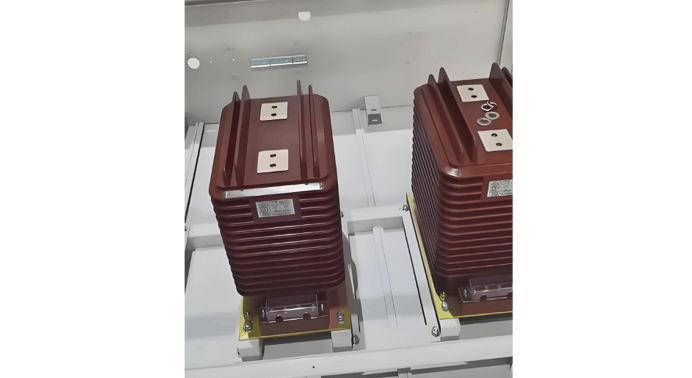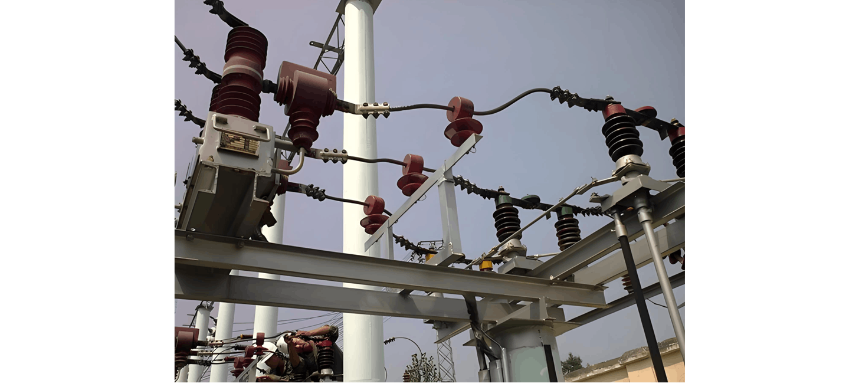What are the application and improvement directions of current transformers in power systems?
Echo
07/04/2025
Topics
As an expert in the application and trends of electrical equipment, I have a profound mastery of knowledge in circuits, power electronics, etc. I possess a comprehensive set of abilities including equipment design, fault diagnosis, and project management. I can precisely grasp the industry's pulse and lead the development of the electrical field.
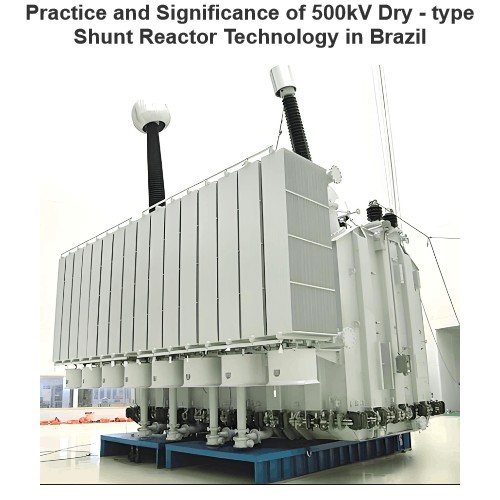
Practice and Significance of 500kV Dry - type Shunt Reactor Technology in Brazil
1 Technical Features and Standard References of 500kV Dry - type Shunt Reactors1.1 Technical FeaturesThe 500kV dry - type shunt reactor, an oil - free power device for ultra - high - voltage transmission systems, boasts core features like advanced insulation, innovative heat dissipation, optimized electromagnetic design, and modular structure. These advantages, outperforming traditional oil - immersed reactors, also drive new technical standard demands.Advanced Insulation: Using epoxy resin cast
Echo
07/24/2025
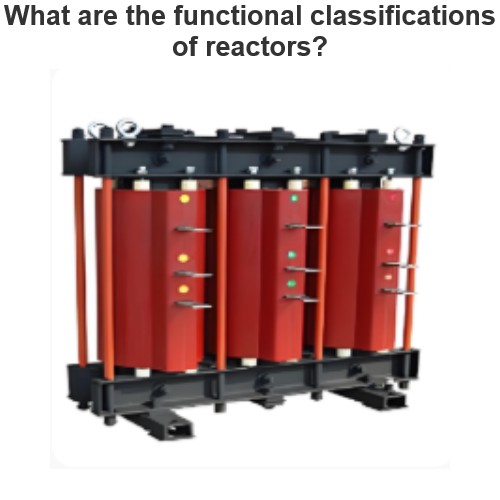
What are the functional classifications of reactors?
Classification of Reactors by Function (Main Applications)Reactors play a crucial role in power systems. One of the most common and important ways to classify them is by their function — that is, what they’re used for. Let’s take a closer look at each type in simple, easy-to-understand terms.1. Current-Limiting ReactorsSeries ReactorsThese reactors areconnected in serieswith the circuit — kind of like a speed bump in the electrical flow.Purpose: Increase the impedance of
Echo
07/24/2025
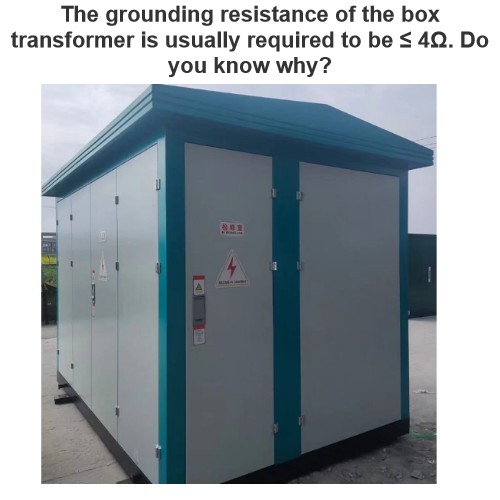
The grounding resistance of the box transformer is usually required to be ≤ 4Ω. Do you know why?
As a key power distribution equipment, the safe operation of a compact substation relies on reliable grounding measures. People often wonder: Why is the grounding resistance of a compact substation generally required to be no more than 4Ω? Behind this value, there are rigorous technical bases and application scenario restrictions. In fact, the requirement of ≤4Ω is not mandatory in all cases. It mainly applies to scenarios where the high - voltage system adopts "ungrounded", "reso
Edwiin
07/23/2025
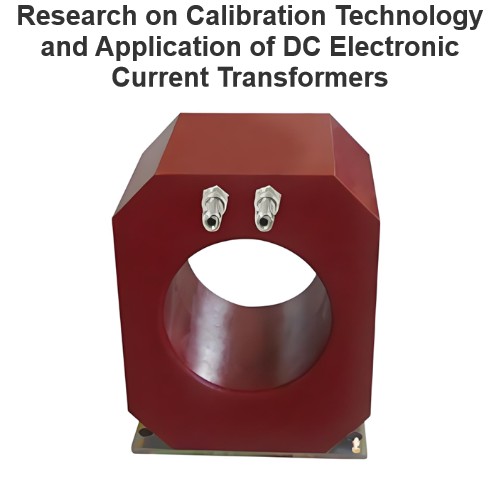
Research on Calibration Technology and Application of DC Electronic Current Transformers
In modern power systems, DC electronic current transformers play a crucial role. They are not only used for high-precision current measurement but also serve as key tools for grid optimization, fault detection, and energy management. With the rapid development of high-voltage direct current (HVDC) transmission technology and its widespread deployment globally, the performance requirements for DC current transformers have become increasingly stringent, especially in terms of measurement accuracy
Echo
07/23/2025

